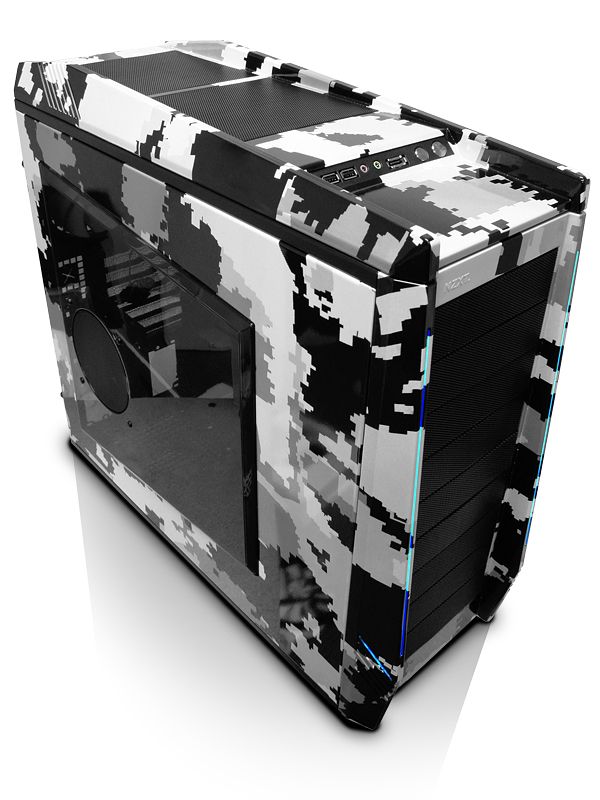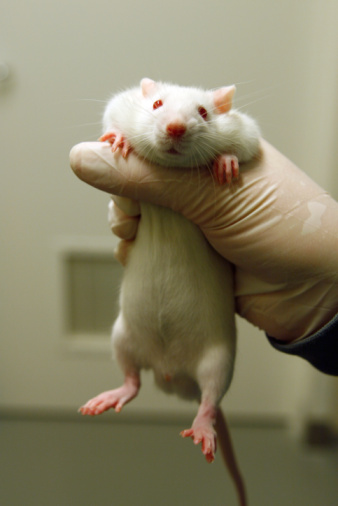

Finally, host-specific factors like co-colonization with enteric parasites ( Hayes et al., 2010 Keeney and Finlay, 2011) and host genetics ( Benson et al., 2010 Ochman et al., 2010 McKnite et al., 2012 Goodrich et al., 2014) may also contribute to inter-individual and temporal variations in gut microbial community structure.

Biogeographic variation in the gut microbiota at large spatial scales has also been reported in house mice ( Linnenbrink et al., 2013). Diet also shapes the gut microbiota within a species, as evidenced by longitudinal analyses of the black howler monkey gut microbiota ( Amato et al., 2013, 2015) and dietary perturbation experiments in wild-caught mice and fish ( Bolnick et al., 2014 Wang et al., 2014). Comparative analyses suggest that diet is a major environmental factor contributing to gut microbial variation between mammalian species ( Muegge et al., 2011). Recent studies have provided an initial view into the ecological factors linked to inter-individual variations in the gut microbiotas of wild animals. Laboratory rodents are a valuable tool to dissect the relative contributions of intrinsic and extrinsic factors ( Carmody et al., 2015) however, it remains unclear whether these interactions can be generalized to mammals in their natural habitat. Elucidating the ecological and evolutionary processes that shape host-associated microbial communities remains a major outstanding goal ( Costello et al., 2012). Mammals are home to trillions of microbes in their gastrointestinal tract (the gut microbiota), which impact multiple aspects of host health and disease ( Sommer and Backhed, 2013). These results suggest that environmental factors have a major role in shaping temporal variations in microbial community structure within natural populations. We also detected more subtle but statistically significant associations between the gut microbiota and biogeography, sex, reproductive status and co-colonization with enteric nematodes. This involved decreased levels of Lactobacillus, and increased levels of Alistipes (Bacteroidetes phylum) and Helicobacter. In both years examined, we observed a strong seasonal shift in gut microbial community structure, potentially due to the transition from an insect- to a seed-based diet. Among a suite of extrinsic (environmental) and intrinsic (host-related) factors examined, seasonal changes dominated in driving qualitative and quantitative differences in the gut microbiota.

Putative bacterial pathogens were widespread and often abundant members of the wild mouse gut microbiota. Within the Firmicutes, the Lactobacillus genus was most abundant.

Similar to other mammals, wild mice were colonized by 10 bacterial phyla and dominated by the Firmicutes, Bacteroidetes and Proteobacteria. Here, we present results from a 2-year 16 S ribosomal RNA gene sequencing-based survey of wild wood mice ( Apodemus sylvaticus) in two nearby woodlands. Recent studies have provided an unprecedented view of the microbial communities colonizing captive mice yet the host and environmental factors that shape the rodent gut microbiota in their natural habitat remain largely unexplored.


 0 kommentar(er)
0 kommentar(er)
